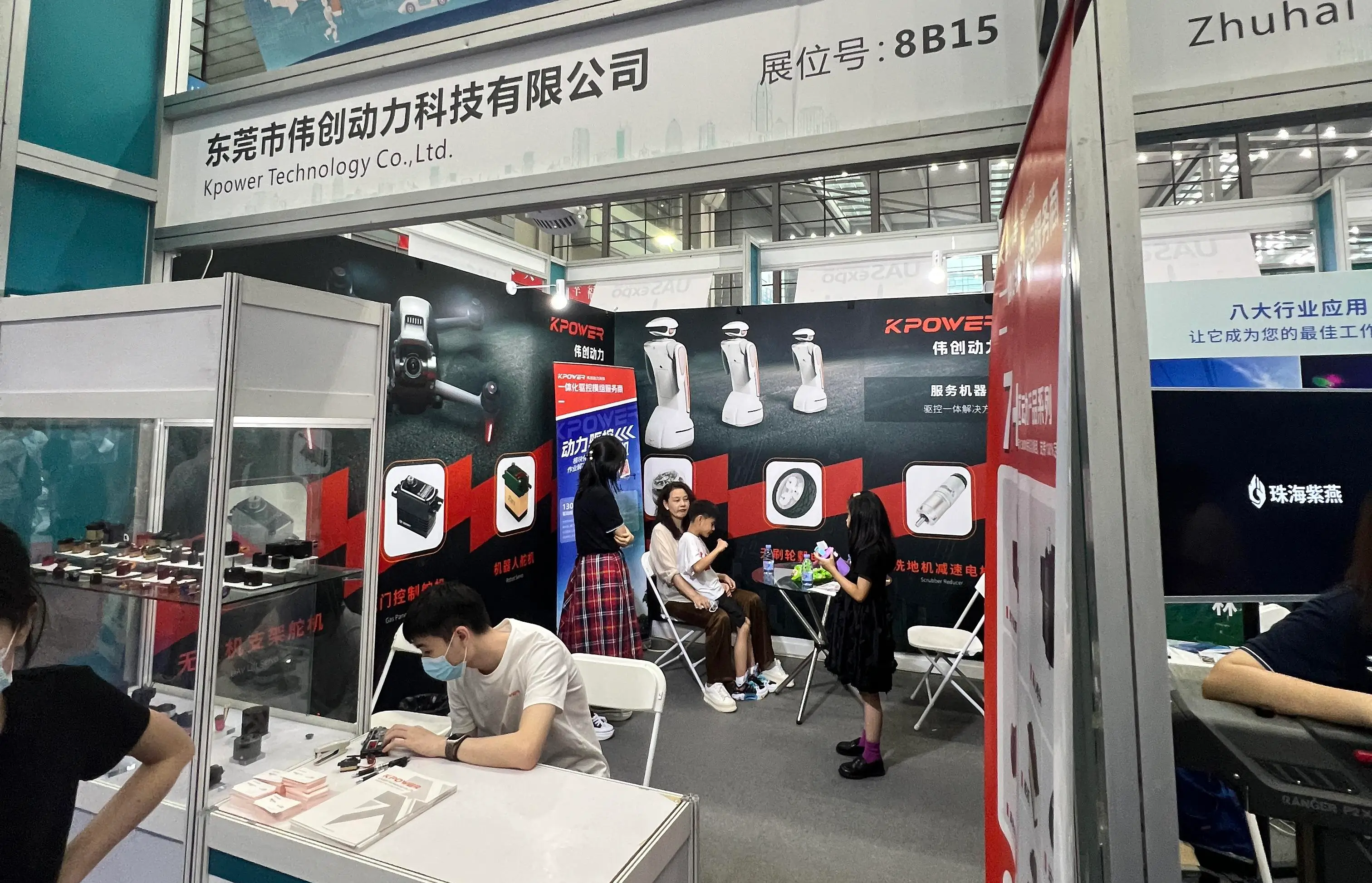Imagine a finely tuned machine where every component operates seamlessly, unleashing a torrent of power with minimal waste. That’s the essence of hydraulic motor gear efficiency—an often-overlooked yet vital aspect of hydraulic system performance. Whether you're involved in manufacturing, construction, or robotics, understanding how gears influence hydraulic motors can unlock substantial improvements in energy consumption, durability, and overall operational effectiveness.

What Is Hydraulic Motor Gear Efficiency?
At its core, hydraulic motor gear efficiency refers to the proportion of input energy that a gear system successfully transmits without unnecessary losses. In simple terms, it's a measure of how effectively a gear converts the hydraulic energy into mechanical power, minimizing friction, heat, and other forms of waste. This efficiency is crucial because it directly affects how much power reaches the load, how much energy is consumed, and how long the system can operate reliably.
Imagine turning the steering wheel of a car; the effort you exert is transferred through a series of gears and linkages to the wheels. If any of these components operate inefficiently—say, excessive friction or misalignment—much of your effort is lost along the way. Similarly, in hydraulic systems, gears are the linkages that translate hydraulic pressure into rotary motion, making their efficiency paramount.
Types of Gears in Hydraulic Motors
Hydraulic motors utilize different gear configurations—planetary gears, spur gears, or helical gears—to suit specific needs. Each has its own set of efficiency characteristics:
Spur gears offer simplicity and high efficiency but are noisier and less suited for high loads. Helical gears tend to be smoother and quieter, distributing load more effectively, often resulting in better efficiency. Planetary gears are compact and capable of handling high torques, often used in heavy machinery—though their efficiency depends heavily on design precision.
Factors Influencing Gear Efficiency
Multiple factors come into play when considering gear efficiency in hydraulic motors:
Gear Material and Surface Finish: High-quality materials and precision machining reduce friction and wear, maintaining efficiency over time. For example, hardened steel gears with smooth finishes resist pitting and surface cracks.
Design Precision and Manufacturing Tolerance: Tight manufacturing tolerances ensure gears mesh correctly, reducing backlash and minimizing slip, both of which can reduce efficiency.
Lubrication: Proper lubrication forms a thin film between gear teeth, reducing friction. Inadequate lubrication increases wear and heat, diminishing efficiency.
Gear Geometry and Tooth Design: The shape, size, and profile of gear teeth influence how smoothly power is transmitted. Helical gear teeth, for instance, engage gradually, leading to less vibration and higher efficiency.
Operational Conditions: Load levels, speed, alignment, and temperature all impact gear performance. Overloading or misalignment causes excessive wear, reducing efficiency.
The Balance Between Efficiency and Durability
Achieving high gear efficiency isn’t just about optimizing design; it’s a balancing act. Higher efficiency gears often experience increased stress and wear, especially under demanding conditions. Conversely, gears designed for maximum durability may sacrifice some efficiency to extend lifespan. Striking the right balance depends largely on the application:
Heavy-duty industrial machinery may prioritize durability, accepting some efficiency loss. Precision robotics might demand gears with minimal losses to maximize performance.
Why Does Gear Efficiency Matter?
The significance of gear efficiency transcends just energy savings. Improved efficiency leads to:
Lower operating costs: Less energy consumption means reduced power bills. Extended machine lifespan: Reduced wear and heat generation prolong component life. Enhanced system reliability: Fewer repairs and downtime. Environmental benefits: Less energy waste results in a smaller carbon footprint.
Challenges Preventing Optimal Gear Efficiency
While striving for maximum efficiency, engineers often face several challenges:
Friction and Heat: Despite advancements, some energy loss via friction is unavoidable. Material Limitations: No material is perfect; wear and fatigue occur over time. Manufacturing Limitations: Achieving perfect tolerances at scale is difficult and costly. Operational Variability: Changes in load, temperature, or alignment during use alter efficiency dynamically.
Emerging Technologies and Trends
Today, the focus is on developing smarter, more efficient gear systems:
Advanced Materials: Composites and ceramics that reduce friction and resist wear. Surface Coatings: Lubricious coatings that minimize surface friction. Precision Manufacturing: Computer-controlled machining for tighter tolerances. Simulation and Modeling: Virtual testing to optimize gear design before production. Smart Sensors: Monitoring gear condition in real-time to predict and prevent efficiency losses.
In the next segment, we’ll explore how these technological innovations influence real-world hydraulic systems, and practical steps operators and engineers can take to maximize gear efficiency in their applications.
Established in 2005, Kpower has been dedicated to a professional compact motion unit manufacturer, headquartered in Dongguan, Guangdong Province, China.




































